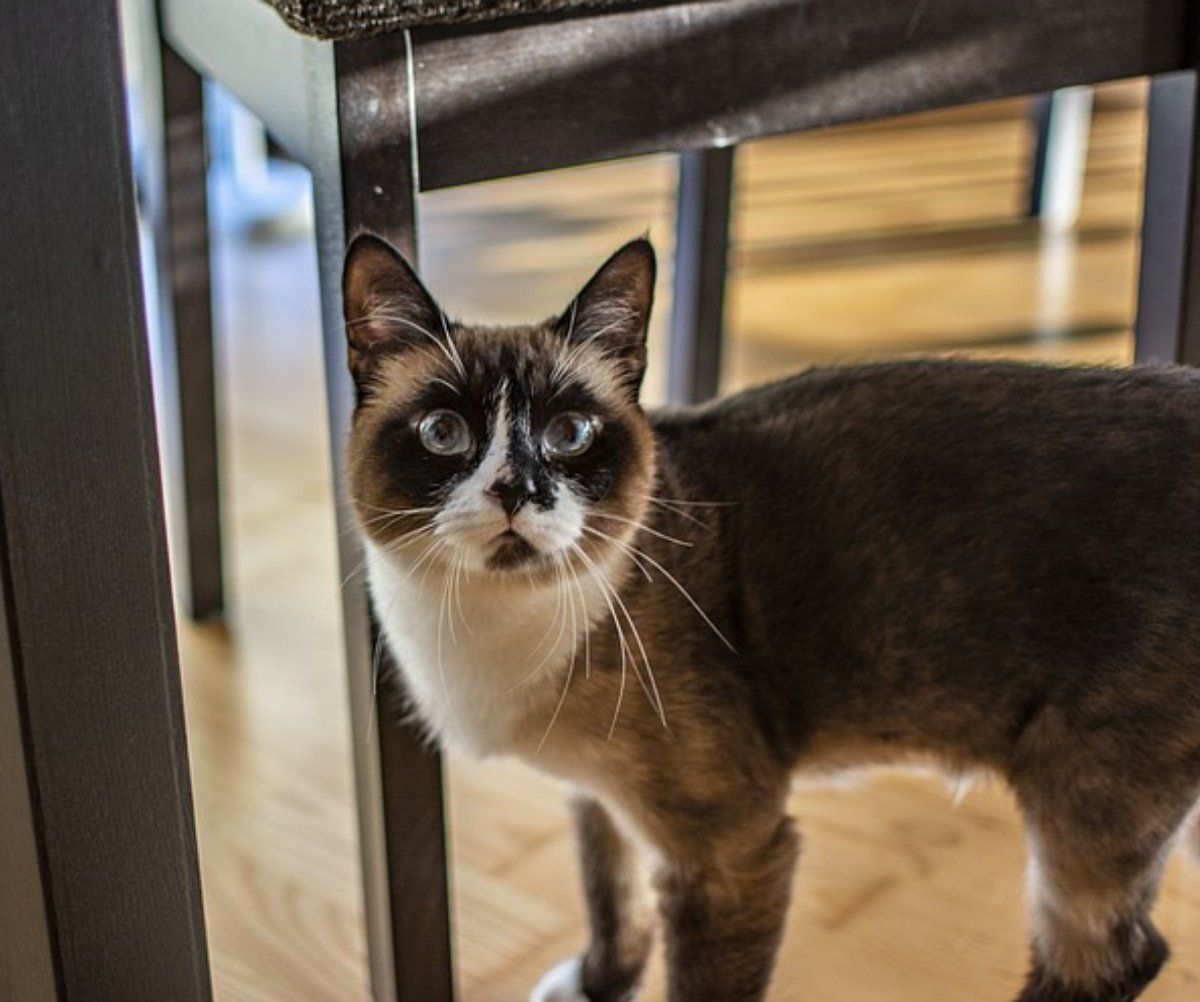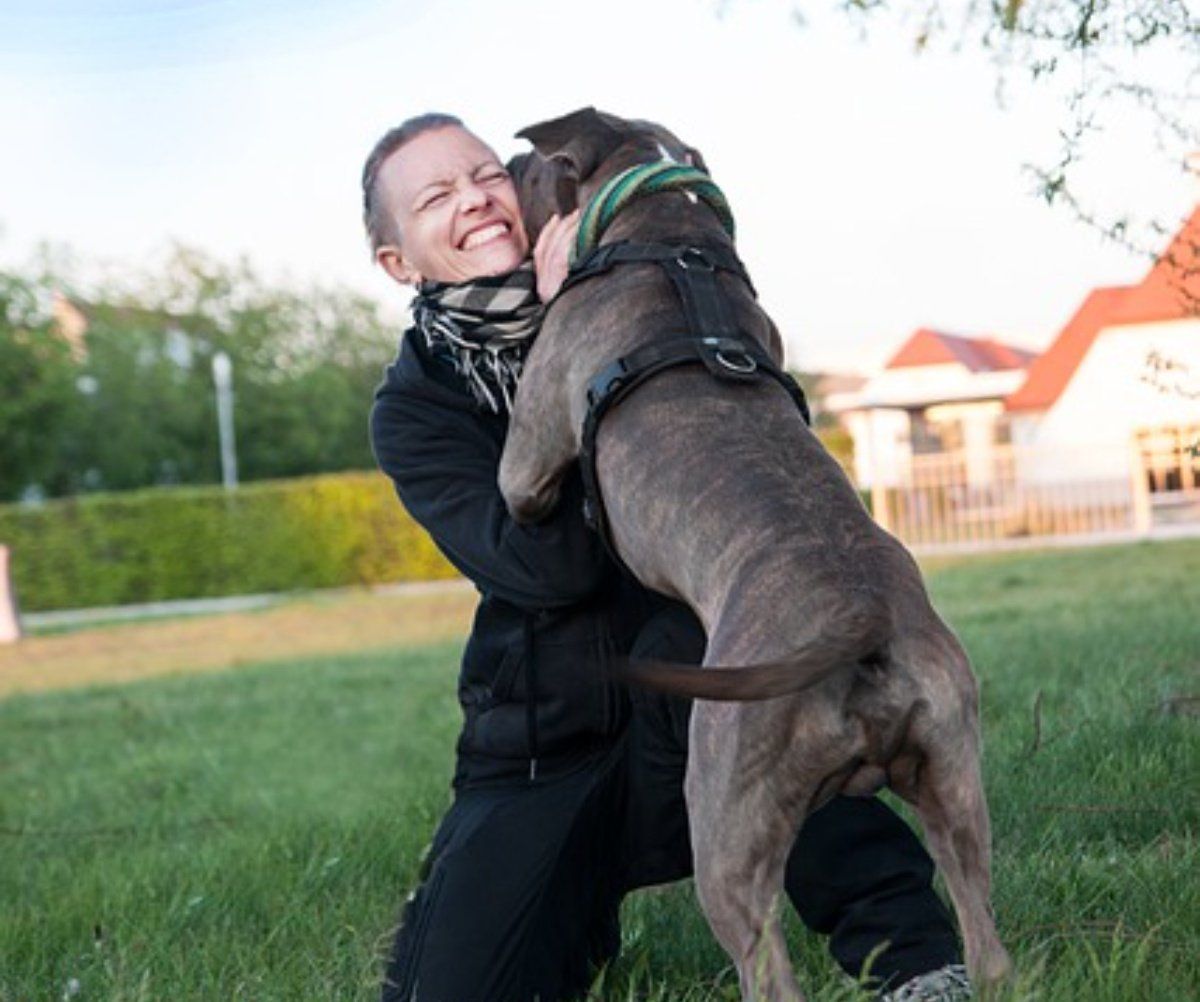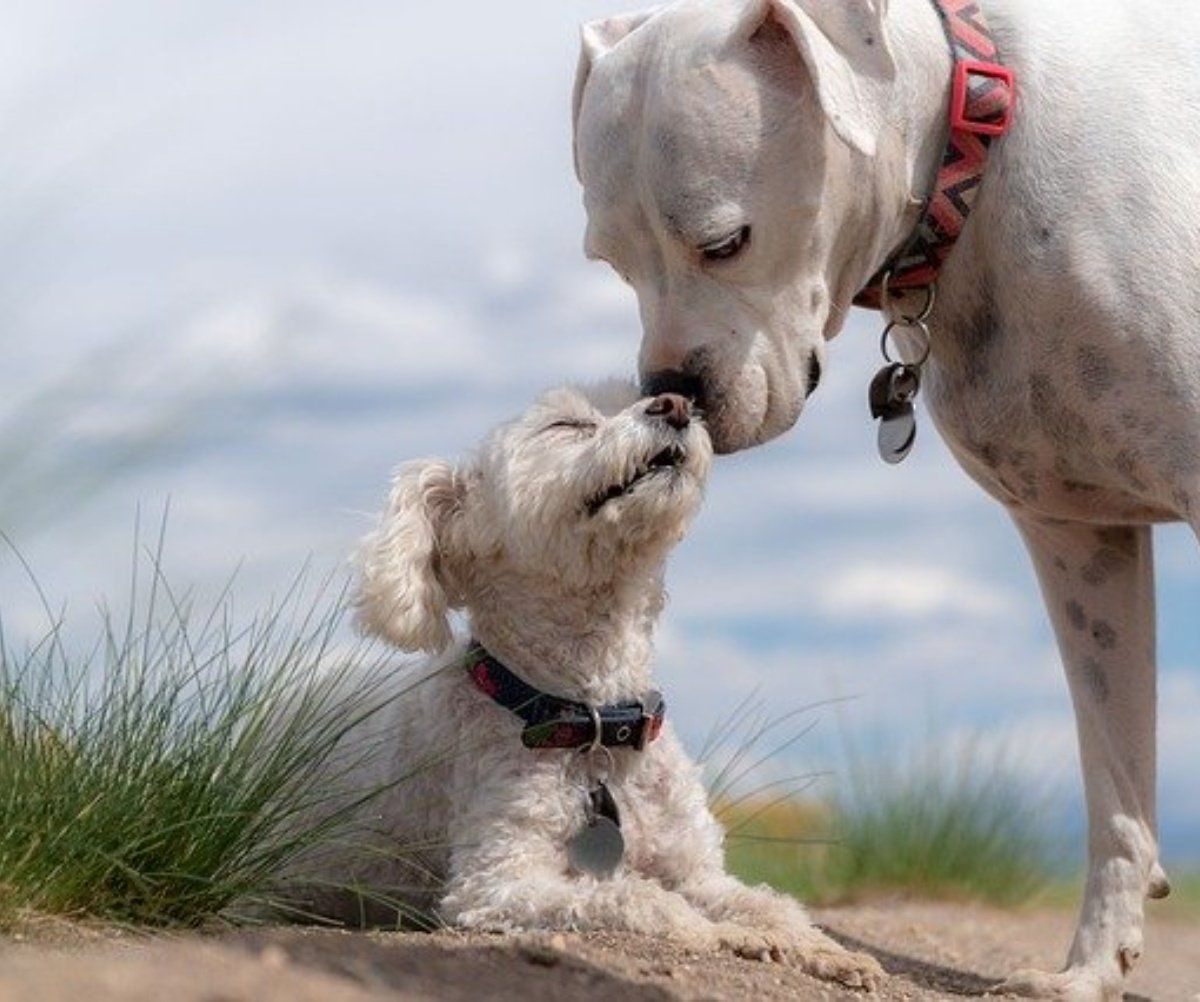Urine Marking (Spraying)
How to stop your cat from spraying

Urine marking (spraying) is a normal feline behavior that is quite unacceptable in the human household. Cats urine mark primarily to advertise their presence to other cats and to establish and maintain territories. The most common triggers for urine marking include a new cat in the household, free-roaming cats outside, or social conflict between family cats. However, other events such as a visitor to the home, new furniture, or unfamiliar odors can also trigger urine marking. Sometimes cats urine mark if they are frustrated, such as when they are denied access to outside or haven’t gotten enough attention from the owner. Additionally, an anxious or fearful cat may urine mark to surround itself with a familiar scent.
Urine marking is much more common in un-neutered males however females also urine mark. Neutering your male cat is the first thing you should try, however, a certain percentage of neutered cats continue to spray following the surgery.
The following list will give you some suggestions for dealing with urine marking. Many chronic spraying problems, however, are difficult to eliminate. Management may be your best bet.
- Make sure you clean all affected areas well with an enzymatic cleaner that breaks down the urine molecules. As long as there is an olfactory cue (the smell of the urine) the cat will continue to spray.
- Restrict access to all sprayed areas until they are properly treated.
- Make the area less attractive to the cat using items like aluminum foil, sticky paper, sandpaper, or a carpet runner with the nubby side up.
- Use aversive smells in the area such as menthol, perfumes, air fresheners, potpourri, oil of wintergreen, or citrus.
- Change the significance of the area by feeding the cat there or providing catnip, toys and treats.
- Spray the synthetic facial pheromone FELIWAY in the area or rub your cats face with a tissue to acquire its own facial pheromones and wipe it in the area. Because cats also mark with their facial glands, providing this olfactory cue may cause the cat to switch to a different marking strategy.
- Use of remote punishment if you can catch the cat in the act: as soon as you see the cat getting ready to spray, or at least within the first few seconds of the onset of the behavior, startle the cat by squirting some water, shaking a penny can, or making some other startling sound whistle. Do not let the cat see you. The noise or water must “come out of nowhere”. If he associates the startling event with you he will just learn to spray when you are not around. If it appears “out of nowhere” however, he may associate the scary event with spraying and consequently cease the behavior.
- If the spraying is a response to cats outside you should cover the windows or put something slightly aversive on the windowsill like a lemon-scented solid deodorizer to discourage the cat from sitting there. You should also somehow discourage the neighboring cats from coming into the yard (motion triggered water sprinkles work well).
- If the spraying is a response to social conflict with other cats in the household you need to work on improving the relationship between the cats. Make all of their associations positive using treats, affection and play. You should also provide the marking cat with “alone time” 4-6 hours a day, away from the other cat/s.
In addition, you should provide an “environment of plenty” by creating multiple feeding areas, multiple elimination areas and multiple sleeping perches at different vertical heights throughout the house.
There are medications that may help control urine marking in your cat. The suggestions above should be attempted before considering medication. If you feel that you have tried everything and the problem still persists, consult your veterinarian about drug therapy. It is often the case however, that the cat will cease spraying while on the drug, but will revert to the behavior once the medication is stopped.










